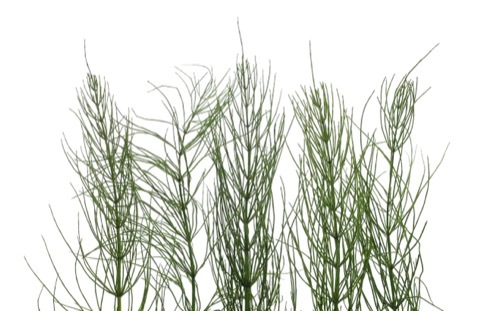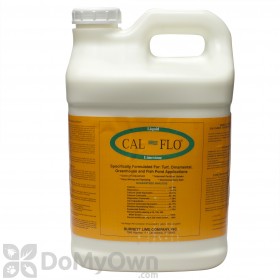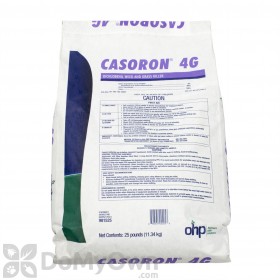Prevent Horsetail Weeds with Lawn Care and Herbicides

Horsetail weeds are especially stubborn, hardy and difficult to remove from a property once their root network is established. To avoid fighting these tough and troublesome weeds in the future, the best plan is to prepare your lawn to resist a horsetail weed infestation with our suggested lawn care techniques and to consider the use of a pre-emergent herbicide.
Prepare Your Lawn to Resist Horsetail Weeds
Address drainage issues as early as you spot them. Horsetail weeds prefer moist areas of soil and maintaining proper drainage is a great way to make them feel less at home. Fill any low spots that may allow standing water, and make sure that rainwater can drain away uniformly.
Reduce the acidity of your soil by adding lime. Horsetail weeds prefer more acidic soil for growth, and a higher pH level, which can be achieved by adding soil amendments such as lime, will make your property less hospitable to these stubborn weeds.
Maintaining healthy turf and other ground covers also helps to prevent horsetail and other weeds from taking hold in your yard or other landscaped area. One other lawn health tip is to aerate the yard once a year to break up compacted soil, allowing your grass roots to grow deeper and stronger, building defenses against horsetail and many other weeds.
Visit our Lawn Care Schedule pages for guidance and timing recommendations throughout the season.
Pro Tip
To make lawn care and weed control easier year-round, check out our DoMyOwn Turf Box program. You'll get the premium products you need delivered to your door on a customized schedule that works for you.
Products needed for Step 1
Apply a Pre-Emergent Labeled for Horsetail
Use of a pre-emergent herbicide is a key step in most weed prevention strategies. In the case of horsetail, however, you will find that your options are limited. Some options using the active ingredient Dichlobenil do exist.
Products such as Casoron can provide protection against new horsetail weed growth in certain non-turf areas when applied according to the label instructions.
Although the effects of pre-emergents on horsetail are limited in some cases, the control over other invasive weeds that these products offer helps to boost the overall health of your lawn. This raises the turf's level of defense against horsetail and other unwanted weeds. By helping your turf to stay healthy and grow a strong root network, you make it more difficult for unwanted weeds to find room to grow.
Always wear appropriate PPE (personal protective equipment) when mixing or applying any herbicide product. This should include long sleeves and pants, closed-toe shoes, and gloves.
Spring applications of pre-emergents should occur after the ground has thawed, but before soil temperatures rise above 50 degrees. Once conditions get any warmer than this, there is a greater chance that nearby horsetail spores or rhizomes may have already germinated to begin producing new growth. Your local extension service office can provide more detailed recommendations on the best time to apply pre-emergent herbicides in your area.
Pre-emergent herbicides work by interrupting the germination of weed seeds in the ground, but horsetails and other weeds also spread with underground horizontal roots called rhizomes. Additional treatments with a selective post-emergent may be necessary if new growth does occur from buried rhizomes that are agitated during other lawn work.








